This is a legitimately $111 racing build - although I would submit a version of this as my new budget recommendation for any new racer looking to race 5" quads.
The frame is the core of this build idea, the wonderfully cheap TBS SourceV vertical arm frame. At $27 per frame, this is effectively the most budget-friendly racing frame one can choose for top level performance. The construction is remarkably stiff for the weight thanks to the interlocking arms and tension-mounting structure of the carbon arms attaching to the main plates. The design is excellent, and rigidity is quite good, even the yaw oscillation that appears on all vertical arm frames is well managed. The only real drawback present is that in really hard crashes, carbon will delaminate or outright break, and because of how many different part shapes are required, carrying spares for this frame is really difficult... realistically ordering a set of the beefier motor pad & brace combination units, and having one entire spare frame probably makes sense if you're building a half dozen of these.
In terms of flight performance, the quick turns and turns where you're able to keep the apex & exit of the turn in view the entire time, this frame feels like it cuts through the air like a knife, and is absolutely brilliant. Once you start backing it into turns, doing moves where you're flying back into your own wash, or longer turns where you can't see the apex & exit at the same time, that awesome feeling drops off, and it feels a little bit like using the back side of a steak knife - it totally works, but the slight loss in sharpness is noticeable.
Having looked at blackbox logs, the frame does have a fairly low yaw resonance (in the high 170Hz range), which may sound bad, but the yaw fixed lowpass (in the 90-100Hz range as recommended) plus RPM filters and leving the dynamic filter on, it absolutely parties anyway. Motor bands track quite normally, and are fairly sharp, which make this combination a definite candidate for increasing the RPM Notch Q factor to improve phase latency even further - this thing absolutely flies on rails with this frame, but there's always more that's possible.
The rest of the build is centered around a budget:
Motors came from an EMAX Closeout sale - the RS-II 2206 2700KV motors on this particular one are CCW threaded, but at a whopping cost of $5 from that sale, the performance for these is shockingly good. Efficiency of 2700KV motors is seldom the best, but realistically any budget motor will do for this build.
Stack is the Diatone Mamba Mk2-Mini stack. A basic F4OSD Flight Controller and a budget Ori-type F25 4S 20x20 ESC in a $38 package isn't anything fancy, and I've found that 4S 5" is very much the limit of what this stack is capable of (it's honestly better as a 4S 3" stack), but on a deliberately lightweight build and keeping these motors on lightly loaded props (S3, HQ R38, DAL 5040C, GF51433) with smaller batteries helps significantly.
For a racing setup, I'd actually recommend a 30x30 stack setup (iFlight Succex, or Racerstar35A and AikonF7) since that gives you more battery voltage flexibility, with a minimal weight penalty. Overhead is great, but I like pushing limits on lighter setups, and can get away with it because of my flying style.
Betaflight 4.2 is obviously my jam - RPM filtering with JESC is full party mode for these setups.
FPV Gear is another budget set of choices. The Foxeer Razer Micro is among my favorite cameras, as it is a PAL/NTSC camera with limited OSD capability, but otherwise hilariously cheap (under $18 ) and produces a good image for racing.
The VTX is the Lumenier 25mW on closeout - I bought these because at $4 they were worth buying just for the U.FL to SMA (TBS Style) pigtails, getting a working 5V push-button VTX was just a bonus. In practice, these are actually fairly solid units, and as I've learned, most any VTX powered from a regulator is going to make really clean video and survive crashes remarkably well.
Props are all lower pitch in this instance. Ethix S3, Gemfan 51433, TMotor 5143, Dal 5040C, and HQ R38 are all solid choices to keep peak amperage draw lower, and get some throttle resolution back for higher KV setups, especially if you're running lighter batteries.
If you find a deal on 2300KV motors, then I'd stick with low weight, but higher pitch options - DAL Spitfire, GF51466, DAL T5051C, TMotor 5146, and R42 props.
Batteries in this case are all CNHL units, and vary depending on flight time required. This setup is hilariously agile on 4S 850mAh and 1000mAh packs - cruising time is 3 minutes of fast flight, but at full race pace, particularly in tracks with lots of tight turns and high throttle, these are 90-second packs before you're at 3.5V and not really getting much more out of the battery without things going badly. The 1300mAh and 1500mAh packs will sustain more race pace, although some aspects of the handling are dulled - strangely, even though the quad feels heavier, practically the vertical arm aspect keeps the turn-in snappy when on the throttle, but it still has a lot of extra throw and wants to wash out in tight turns with those porkier batteries... but top speed is amazing. Practically, those heavier packs stress the stack (ESC) a bit more because I have to use more throttle in sharp turns, so I try to minimize their use.
Accessories are all compatible with the FPV-FlightClub Neutron-R standoff spacing. That fixed camera mount and ultra-lightweight VTX antenna mount are the best units I've found, and are direct drop-in. You can put different colored 30mm standoffs on there, but realistically it's an all-black carbon frame, I wouldn't bother.
I have slapped a spare set of PyroWire onto these, precisely because I want to use this at an AZNightTracks race, but definitely not necessary. The vertical arms mean I can attach the LED's on the arm surfaces and actually see it remarkably well from every angle (can always see illumination from two panels).
Cost I did achieve this build for $111 over many months of sales. Getting these motors for $5, VTX for $4, repairing the VTX Antenna from discarded parts, finding $1/set props, and getting Emax D8 receivers cheap before they were discovered all help. Printing my own camera mounts and VTX mounts also makes the difference.
Practically, you can build this quad for $130 without any crazy sales, but it still has a lot of the lightweight caveats and is limited to 4S operation.
The version I'd really recommend is:
Keep the SourceV frame, add the FPV-FlightClub accessories (since this fits the Neutron-R).
I'd move to 2207 ECO Motors (Velox, Pyro ECO, Xing_ECO, or RCX NK2207.5), and 30x30 stack (Diatone Mamba, iFlight Succex) for better mounting. The AKK Race VTX is $10 of excellence, and I'd stay with Foxeer Razer/Lollipop for the rest of the FPV gear. XM+ Rx is really the answer, not just because it's the budget choice.
In ~1900-2000KV range, these can do race pace on 4S/5S/6S while tailoring the props for the battery combination. 5S 1100mAh-1300mAh packs on 51466/S4/R42/Spitfire props or 6S 1100mAh with 51433/R38 perfectly, but still do race pace on 4S or 5S for maximum endurance. Mostly, cheap batteries will always work, and ChinaHobbyLine has sales on all sorts of sizes, that more flexible setup and changing props to suit fits brilliantly.
TBS Source-V // Velox 1900KV 2207 // iFlight Succex 30x30 Stack // AKK Race VTX // Foxeer Razer & Lollipop
This is a setup I would happily fleet out with, since it's a $150 quad and brings all the performance I could ask for.
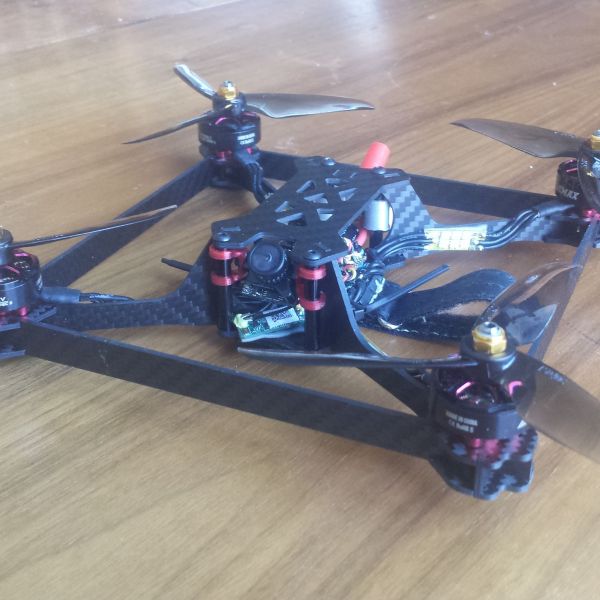
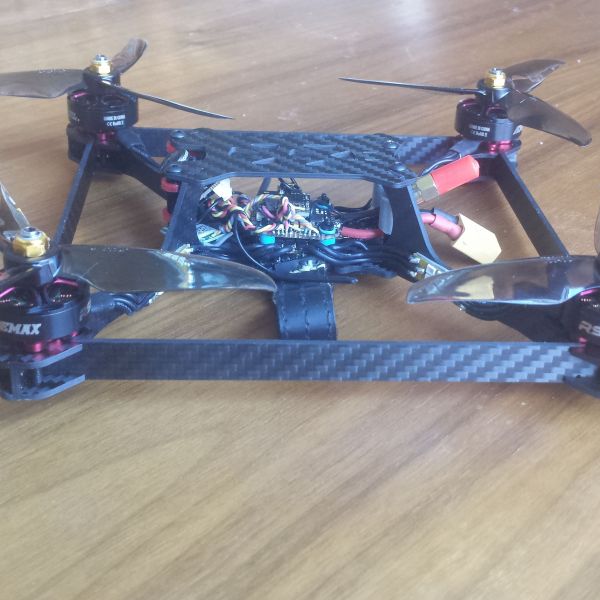
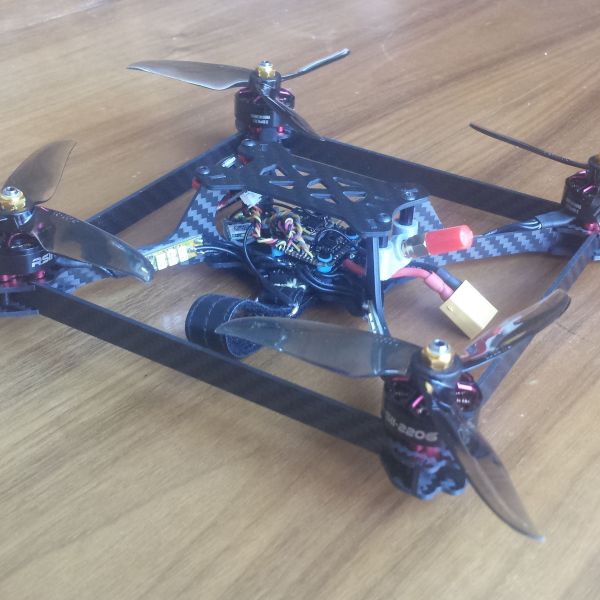
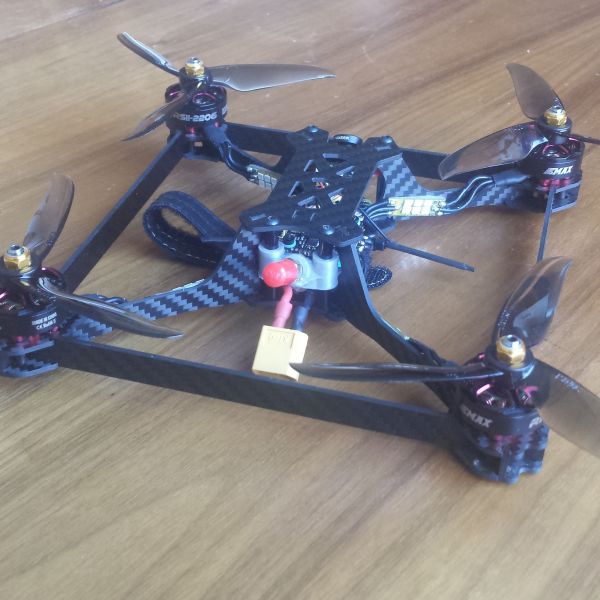
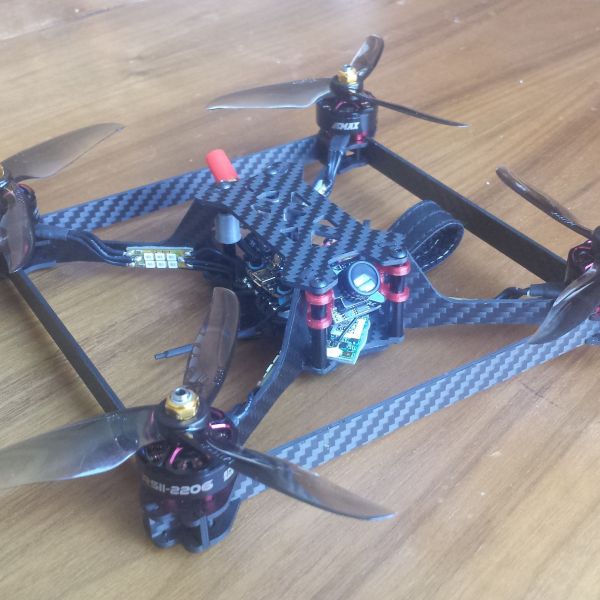
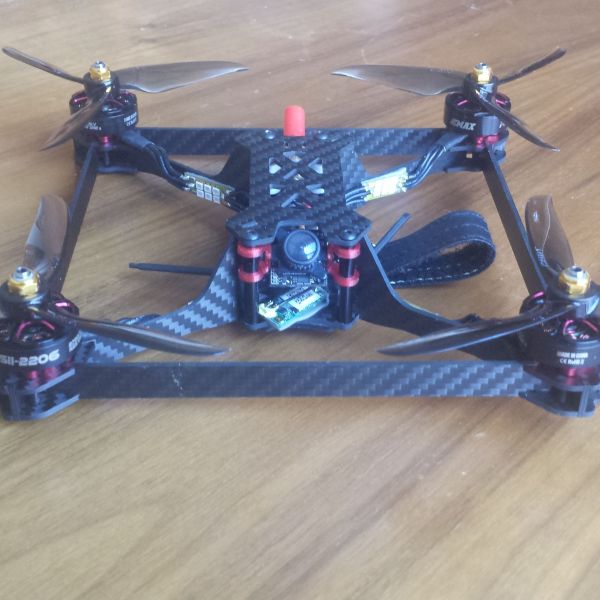
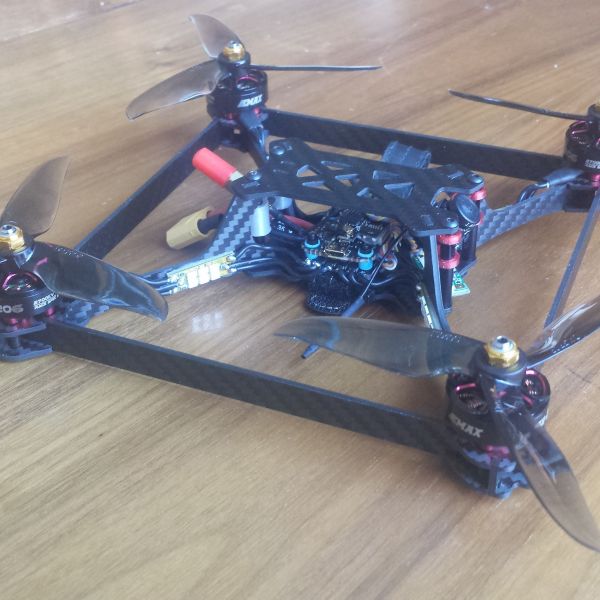








Check out the new SideFire RGB Racelitewires for vertical arm frames. https://tinysleds.com/collections/racelites/products/rgb-sidefire-racelitewire-leds-40mm
Yeah, those are neat, although with the vertical frame, the normal ones actually work perfectly as configured here. For the AZNT Night races, the goal is to be visible from any direction, and this layout works perfectly.
For conventional frames, those SideLites work out brilliantly.
In practice, what I settled on for race rigs is just the boring Tinys RaceWire lights and running the rear two on top, front two on bottom (at night races, the light hitting props can wash out cameras, even if they're out of view), and just running that.